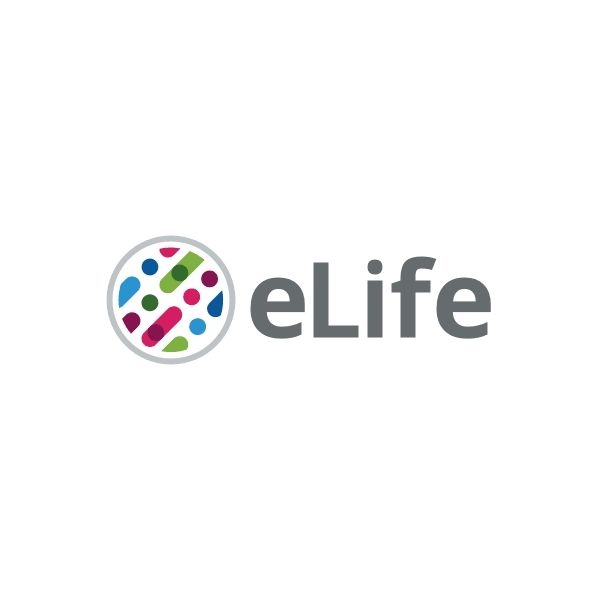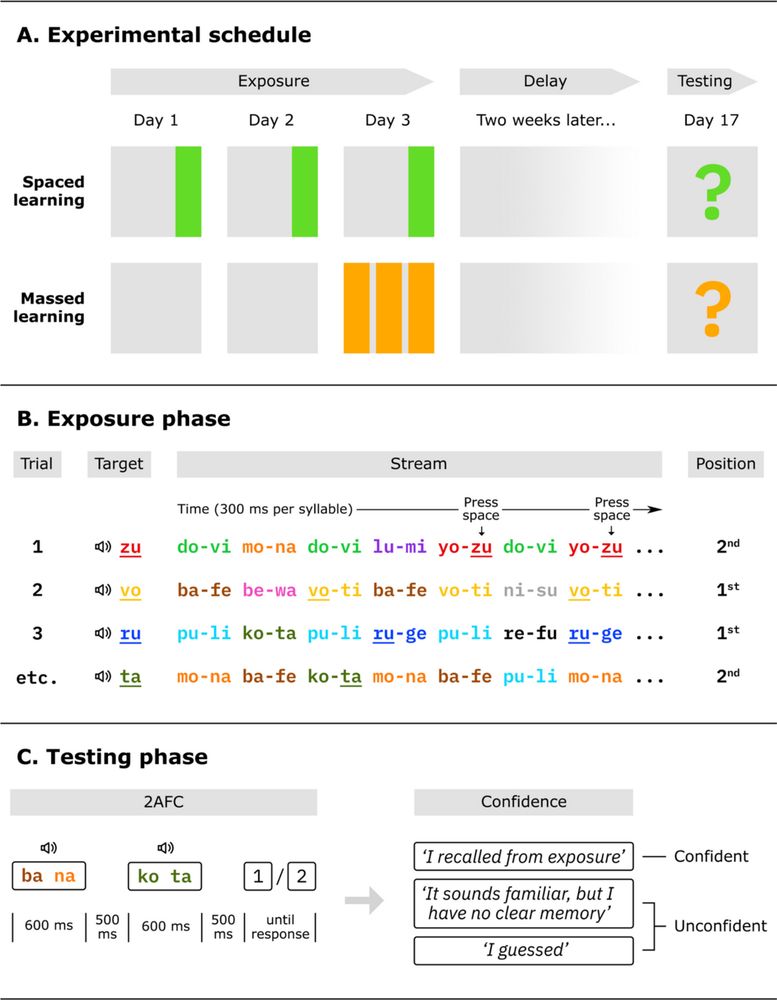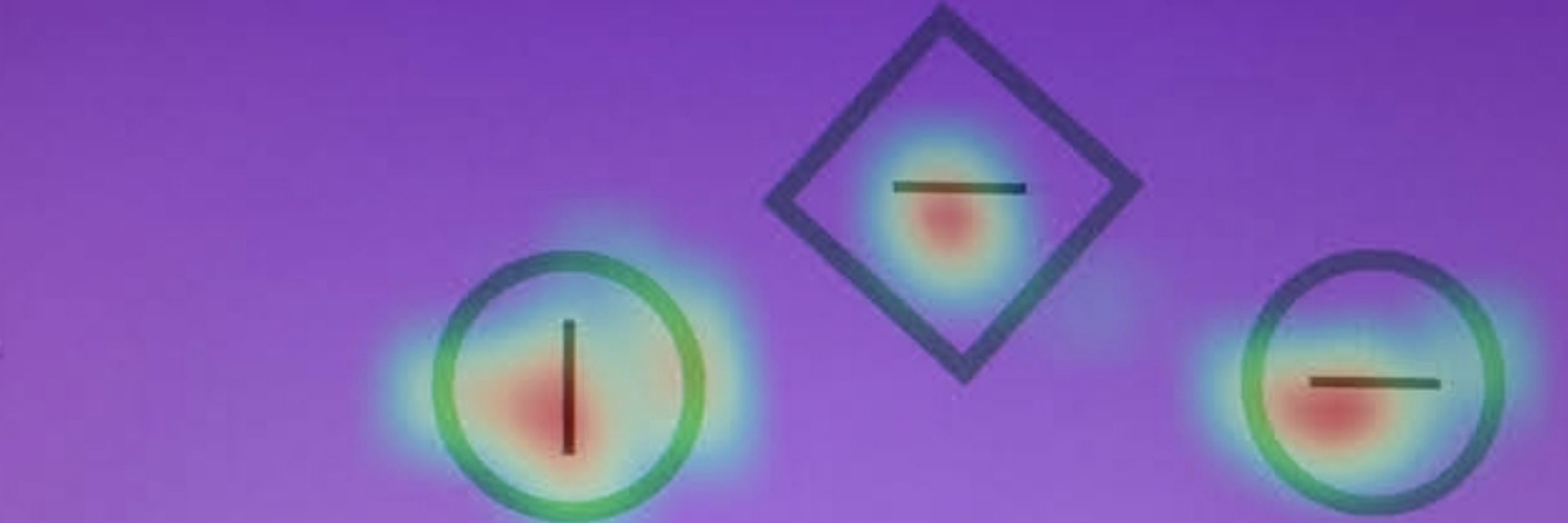Jan Theeuwes
@jthee.bsky.social
240 followers
160 following
12 posts
Professor of Cognitive Psychology. Vrije Universiteit Amsterdam
Posts
Media
Videos
Starter Packs
Reposted by Jan Theeuwes
Dan Wang
@danwang7.bsky.social
· Aug 27

Dynamic competition between bottom-up saliency and top-down goals in early visual cortex
Task-irrelevant yet salient stimuli can elicit automatic, bottom-up attentional capture and compete with top-down, goal-directed processes for neural representation. However, the temporal dynamics und...
www.biorxiv.org
Reposted by Jan Theeuwes
Jan Theeuwes
@jthee.bsky.social
· May 26

A Flash in the Pan? Distractor Suppression Cannot Be Inferred from the Early Lateralized Positivity
Abstract. Humans excel at avoiding distraction in visual environments, successfully filtering out repeated salient distractors that could otherwise capture attention. A recent theoretical perspective ...
direct.mit.edu
Reposted by Jan Theeuwes
PsyArXivBot
@psyarxivbot.bsky.social
· Apr 24
Jan Theeuwes
@jthee.bsky.social
· Apr 19

Learning modulates early encephalographic responses to distracting stimuli: a combined SSVEP and ERP study
Through experience, humans can learn to suppress locations that frequently contain distracting stimuli. However, the neural mechanism underlying learned suppression remains largely unknown. In this st...
www.jneurosci.org
Jan Theeuwes
@jthee.bsky.social
· Mar 20

Proactive distractor suppression in early visual cortex
Implicitly learned spatial priors shape early visual cortex responses by suppressing potential distractions before stimuli appear, revealing a proactive mechanism that may enhance attentional control.
doi.org
Jan Theeuwes
@jthee.bsky.social
· Feb 27

Differential Neural Mechanisms Underlying Inhibition of Color and Dynamic Motion Distractors
Abstract. Navigating visually complex environments requires focusing on relevant information while filtering out (salient) distractions. The signal suppression hypothesis posits that salient stimuli g...
direct.mit.edu
Jan Theeuwes
@jthee.bsky.social
· Feb 27

Neural mechanisms of learned suppression uncovered by probing the hidden attentional priority map
Learned suppression of distractor locations in visual search emerges through reactive mechanisms that involve initial spatial selection prior to suppression.
doi.org
Reposted by Jan Theeuwes
BogaertsLab
@bogaertslab.bsky.social
· Jan 18

Taking time: Auditory statistical learning benefits from distributed exposure - Psychonomic Bulletin & Review
In an auditory statistical learning paradigm, listeners learn to partition a continuous stream of syllables by discovering the repeating syllable patterns that constitute the speech stream. Here, we a...
doi.org
Jan Theeuwes
@jthee.bsky.social
· Jan 18
Attentional Capture and Control | Annual Reviews
The current review presents an integrated tripartite framework for understanding attentional control, emphasizing the interaction and competition among top-down, bottom-up, and selection-history influ...
www.annualreviews.org
